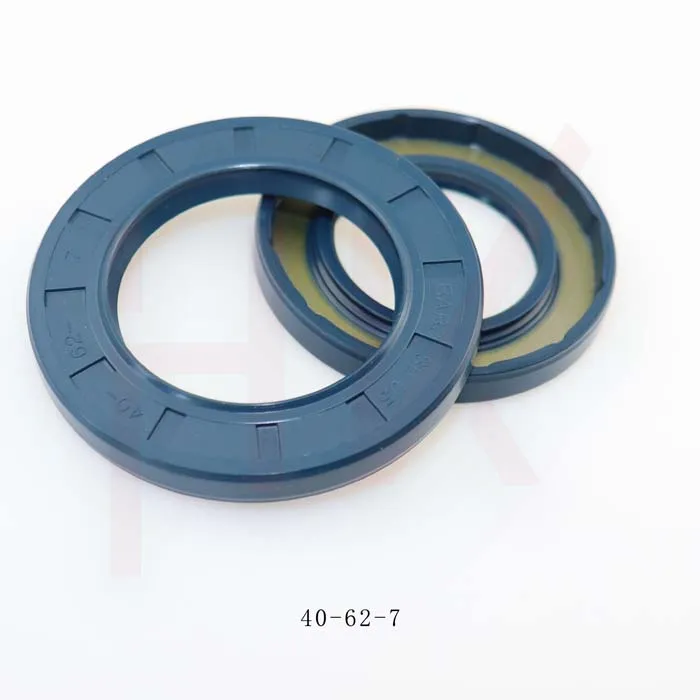Nov . 26, 2024 06:09 Back to list
hydraulic cylinder seal kit material
Understanding Hydraulic Cylinder Seal Kit Materials
Hydraulic systems are crucial in various industries, providing powerful and efficient means of transmitting energy through fluid under pressure. A vital component of these systems is the hydraulic cylinder, which relies on seal kits to maintain pressure, prevent leaks, and ensure optimal performance. Choosing the right materials for hydraulic cylinder seal kits is essential for their longevity and efficiency. This article explores the most common materials used in hydraulic cylinder seal kits and their respective properties.
Common Seal Kit Materials
1. Nitrile Rubber (NBR) Nitrile rubber, also known as Buna-N, is one of the most common materials used in hydraulic seal kits. It offers excellent resistance to petroleum-based fluids and is known for its durability and flexibility. NBR can operate effectively within a temperature range of -40°C to 100°C (-40°F to 212°F), making it suitable for many hydraulic applications. However, it is not advisable to use NBR in environments that involve exposure to ozone, sunlight, or aging, as these factors can degrade the material.
2. Polyurethane (PU) Polyurethane seals are increasingly popular due to their superior abrasion resistance and resilience compared to other materials like NBR. They can accommodate a broader temperature range, typically from -30°C to 100°C (-22°F to 212°F), and exhibit excellent elasticity. This material is particularly effective in applications that require dynamic sealing solutions, as it can easily adapt to the movement of hydraulic cylinders while maintaining a tight seal.
3. Fluoroelastomer (FKM) Fluoroelastomers, such as Viton, are known for their outstanding resistance to high temperatures and aggressive chemicals, including oils, fuels, and solvents. FKM seals can perform in environments that reach temperatures up to 200°C (392°F). Although they are more expensive than NBR or PU, their superior properties make them a worthwhile investment for critical applications where leaks can lead to catastrophic failures.
4. Polytetrafluoroethylene (PTFE) PTFE seals, commonly recognized by the brand name Teflon, are renowned for their low friction properties and outstanding chemical resistance. PTFE seals can function in a temperature range from -200°C to 260°C (-328°F to 500°F), making them ideal for extreme environments. However, PTFE seals often require backup rings or additional support structures due to their tendency to deform under extreme pressure.
hydraulic cylinder seal kit material

5. Metallic Seals In high-pressure applications or extreme environments, metallic seals made from materials such as aluminum or stainless steel may be employed. These seals can withstand higher temperatures and pressures than their elastomeric counterparts. However, they often lack flexibility and can lead to increased wear on the sealing surfaces if not adequately lubricated.
Considerations in Material Selection
When selecting materials for hydraulic cylinder seal kits, several factors must be considered
- Fluid Compatibility It’s essential to match the seal material with the hydraulic fluid used in the system to prevent premature failure. - Temperature and Pressure Conditions The seal material must withstand the maximum operating temperature and pressure of the hydraulic system. - Application Environment Factors like exposure to chemicals, ozone, moisture, and abrasion must influence material choice. - Cost-Effectiveness While some materials might have superior performance characteristics, budget constraints can limit options.
Conclusion
In summary, the material used in hydraulic cylinder seal kits plays a crucial role in the performance and longevity of hydraulic systems. Nitrile, polyurethane, fluoroelastomer, PTFE, and metallic seals each offer unique properties suited for specific applications. Understanding the characteristics and applications of each material enables engineers and technicians to make informed decisions, ensuring efficient and reliable hydraulic operations.
-
TCN Oil Seal Metal Ring Reinforcement for Heavy Machinery
NewsJul.25,2025
-
Rotary Lip Seal Spring-Loaded Design for High-Speed Applications
NewsJul.25,2025
-
Hydraulic Cylinder Seals Polyurethane Material for High-Impact Jobs
NewsJul.25,2025
-
High Pressure Oil Seal Polyurethane Coating Wear Resistance
NewsJul.25,2025
-
Dust Proof Seal Double Lip Design for Construction Equipment
NewsJul.25,2025
-
Hub Seal Polyurethane Wear Resistance in Agricultural Vehicles
NewsJul.25,2025
-
The Trans-formative Journey of Wheel Hub Oil Seals
NewsJun.06,2025
Products categories
















